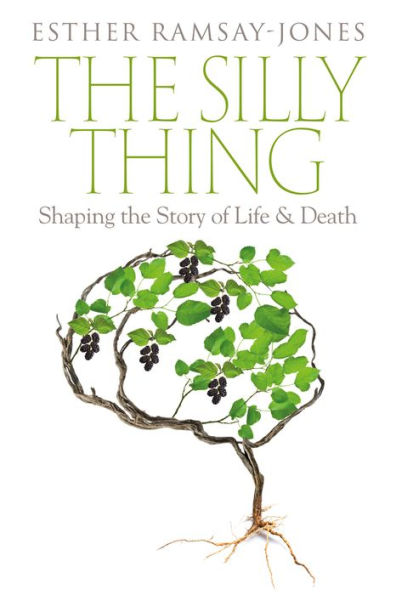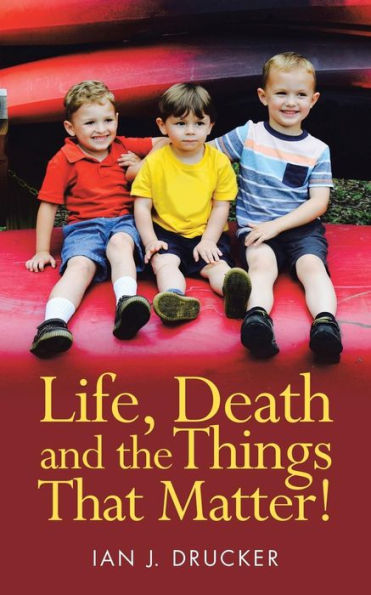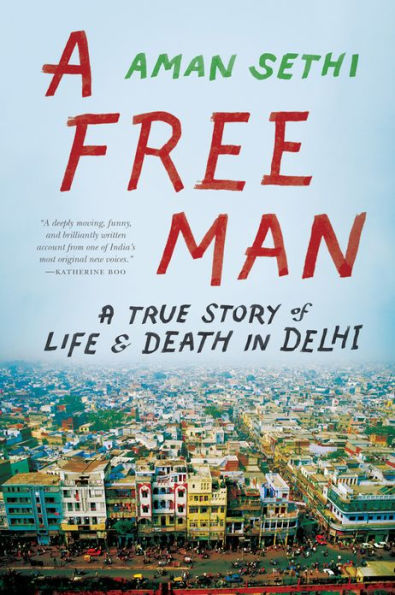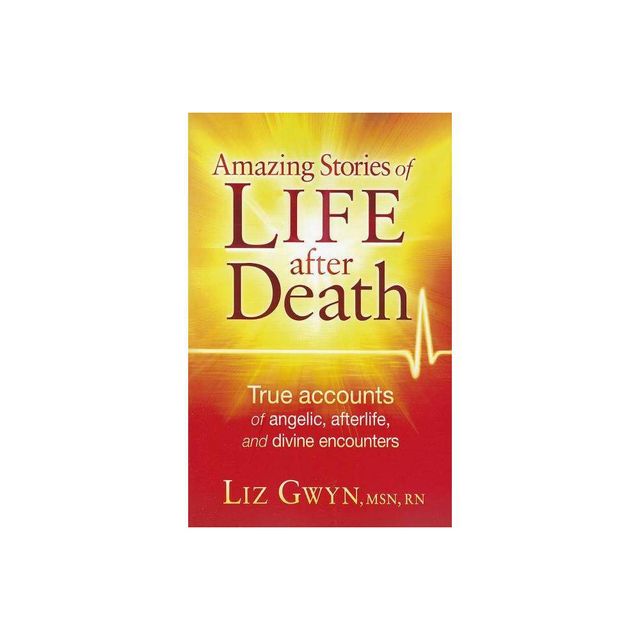Home
the Silly Thing: Shaping Story of Life and Death
Loading Inventory...
Barnes and Noble
the Silly Thing: Shaping Story of Life and Death
Current price: $25.00


Barnes and Noble
the Silly Thing: Shaping Story of Life and Death
Current price: $25.00
Loading Inventory...
Size: Paperback
*Product Information may vary - to confirm product availability, pricing, and additional information please contact Barnes and Noble
The Silly Thing
is an account of a woman’s acceptance of and struggle with living and dying with a grade 4 glioblastoma, an aggressive cancer of the brain. It is told from the perspective of her daughter, Esther Ramsay-Jones, a psychotherapist and academic. The book discusses the fears that people might have about dying and specifically about brain cancer; for the author’s mother, the tumour affected her speech and, as an English teacher, whose life had so intimately been tied up with language, the fear of language loss was at times unbearable. From a psychotherapeutic point of view, the book explores what it means to be given a terminal diagnosis and what kinds of psychological responses the ‘patient’ and family members might have. It touches on notions of family systems theory, and the roles people might then take up as reaction to the news. The author also looks at ‘difficult conversations’ in palliative care—what might help/what might hinder—and the value of listening skills, capacity for attunement, and containment, in staff teams and in the medical profession at large. Though the main focus in this book is her mother’s experience, vignettes from the lived experience of practising palliative psychotherapy are woven into the narrative to highlight the value of talking and sharing fears, anger, confusion, loves, and gratitude with those who are dying.
is an account of a woman’s acceptance of and struggle with living and dying with a grade 4 glioblastoma, an aggressive cancer of the brain. It is told from the perspective of her daughter, Esther Ramsay-Jones, a psychotherapist and academic. The book discusses the fears that people might have about dying and specifically about brain cancer; for the author’s mother, the tumour affected her speech and, as an English teacher, whose life had so intimately been tied up with language, the fear of language loss was at times unbearable. From a psychotherapeutic point of view, the book explores what it means to be given a terminal diagnosis and what kinds of psychological responses the ‘patient’ and family members might have. It touches on notions of family systems theory, and the roles people might then take up as reaction to the news. The author also looks at ‘difficult conversations’ in palliative care—what might help/what might hinder—and the value of listening skills, capacity for attunement, and containment, in staff teams and in the medical profession at large. Though the main focus in this book is her mother’s experience, vignettes from the lived experience of practising palliative psychotherapy are woven into the narrative to highlight the value of talking and sharing fears, anger, confusion, loves, and gratitude with those who are dying.

















